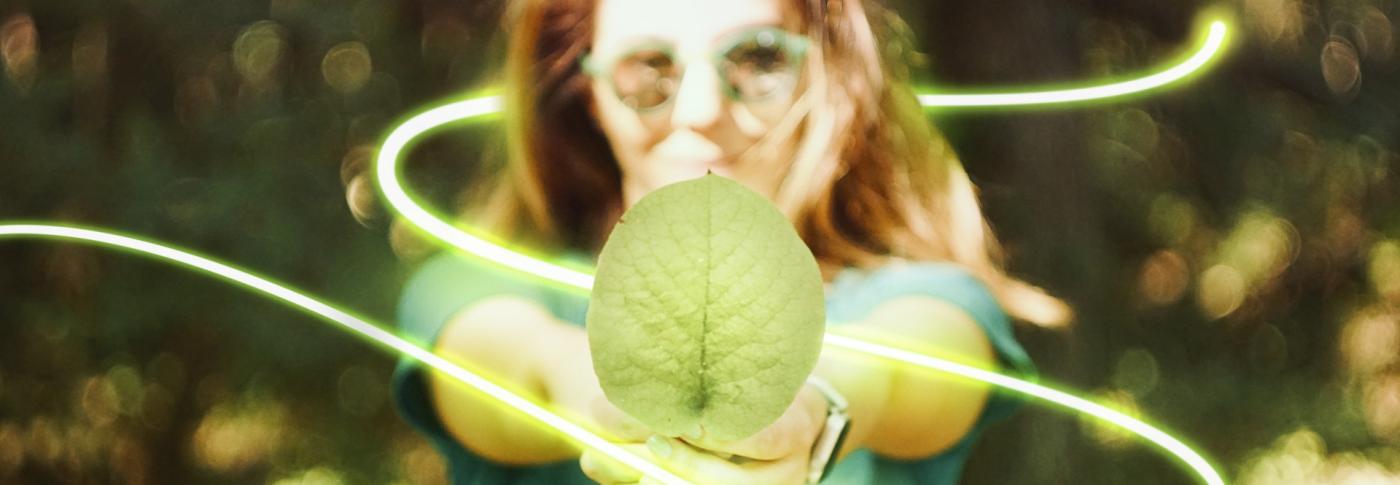Britain's Electricity Explained: 2023 Review
9 Jan 2024 - 3 minute read

7 Mar 2022 - 3 minute read
Three green inertia services, which mimic the effect of a power station but without using fossil fuels, will go live by summer, along with new technology which measures the amount of inertia on the network.
They are part of a £336 million ESO investment programme to measure and generate “green” inertia, which is needed to maintain frequency on Britain’s electricity system, keeping it stable.
Previously inertia has been provided by coal or gas power plants but the ESO is now procuring inertia from carbon free sources, which is not only significantly cheaper for consumers, but allows for greener system operation and more renewable energy to run.
It’s also using technology to map and monitor the amount inertia on the system more accurately, which means the ESO can run a higher penetration of renewable generation, rather than bringing on coal or gas plant when inertia levels are estimated to be low.
The £7.5m pioneering ‘sonar’ tool, the world’s first ultracapacitor, has been deployed in Teesside and will enter operational service this summer.
Built by Reactive Technologies, but owned by the ESO, the ultracapacitor will enable Reactive's tool to accurately measure inertia by sending pulses of power through the grid, in a similar manner to sonar technology, accurately mapping any deviations in levels of inertia and frequency.
The ESO has also invested nearly £1 million in another ground-breaking inertia measuring and forecasting tool developed by GE Digital, which is in the process of being deployed across the whole of the grid for the first time.
The software will provide a real-time measure of inertia across all regions of the country and will improve the ESO’s ability to manage system stability across the entire network as more renewable energy sources connect to the grid.
Julian Leslie, Head of Networks at National Grid ESO, said:
We operate the fastest decarbonising electricity network in the world and these new trail-blazing green turbines and measuring tools are vital for zero carbon grid operation by in 2025.
Building a green system with enough inertia is an engineering challenge for system operators worldwide and we’re the first to be solving it. Plus, we’ve solved it in a way that means it’s significantly cheaper for consumers than before we made the investment, with all the benefits of zero carbon.
ENDS
Notes to editors
The three green turbines will be launched in:
Killingholme, Lincolnshire (Spring 2022). New build synch comp
Grain, Kent (early Summer 2022). New build synch comp
Lister Drive, Liverpool (Summer 2022). New build synch comp
They follow the world-first deployment of:
Rassau South Wales. New build synch comp, went live on 22 February 2022.
Two purpose-built green turbines at Keith Greener Grid Park, in Moray, Scotland, which started supplying inertia to the grid in December 2021.
A repurposed gas fired power station in Deeside. Stability contract effective since June 2021.
Cruachan, a pumped hydro station in Scotland. Stability contract effective since July 2020
More investment into stability services is expected to be announced by the ESO in Spring 2022.
For more information on inertia read our website explainer.
Contact details
For media enquiries about National Grid ESO, please contact Alan Harris (07815 464323).